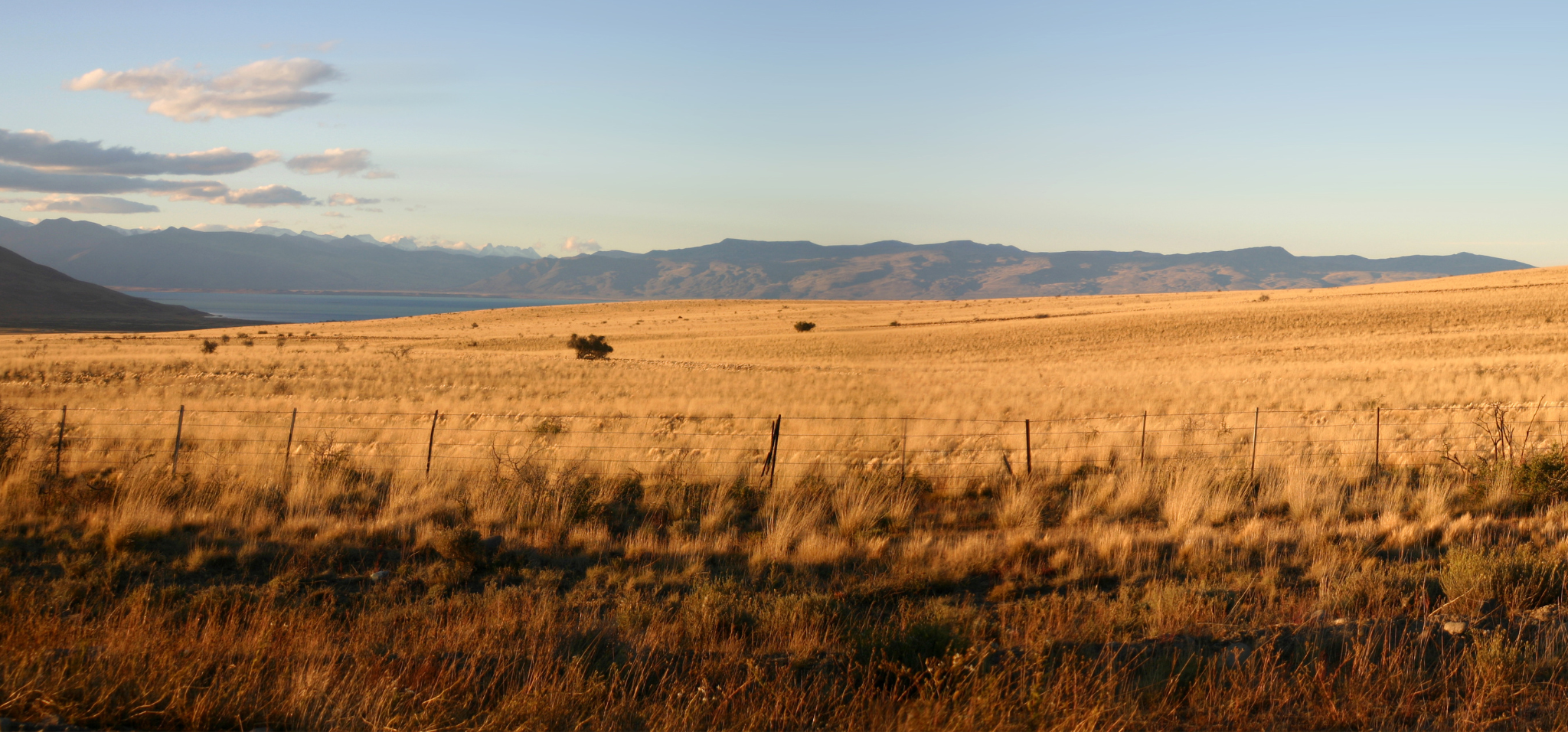 Summer landscape in Patagonia.
Summer landscape in Patagonia.
Authors: Federico Frank (INTA), Maria Diaz (SDSN).
Six years modeling sustainable food systems
Since FABLE’s inception in 2017, the FABLE Argentina team, co-led by Fundacion Bariloche and the National Institute for Agricultural Technology (INTA), has been an active member of the consortium. The team has contributed to FABLE’s key milestones, including driving the first Special Issue, as part of the Editorial Committee, providing strategic guidance through FABLE's Advisory Council, and constantly promoting collaborations with other teams. Recently, the team took on the responsibility of hosting the 13th FABLE Consortium Meeting in Bariloche, Rio Negro, in the Patagonia region. The meeting provided a space to learn about Argentina's journey to build a sustainable food and land-use system from noteworthy experts in food and land use, and spotlight success stories and current challenges.
Current political challenges in Argentina
Rodrigo Rodriguez Tornquist, former Secretary of Climate Change, Sustainable Development and Innovation joined the first day and shared his stake on the state of play: “The landscape has evolved significantly since we first began envisioning pathways to 2050. Initially, governments’ primary concern centered on climate change and greenhouse gas emissions. Today, the challenges have multiplied”. Some of these include biodiversity loss, geopolitical crises, high debt levels, weakened multilateralism, and technological disruptions, among others. Amid these complexities, we are witnessing a fragmentation of debates into separate agendas, often neglecting the inclusion of stakeholders.
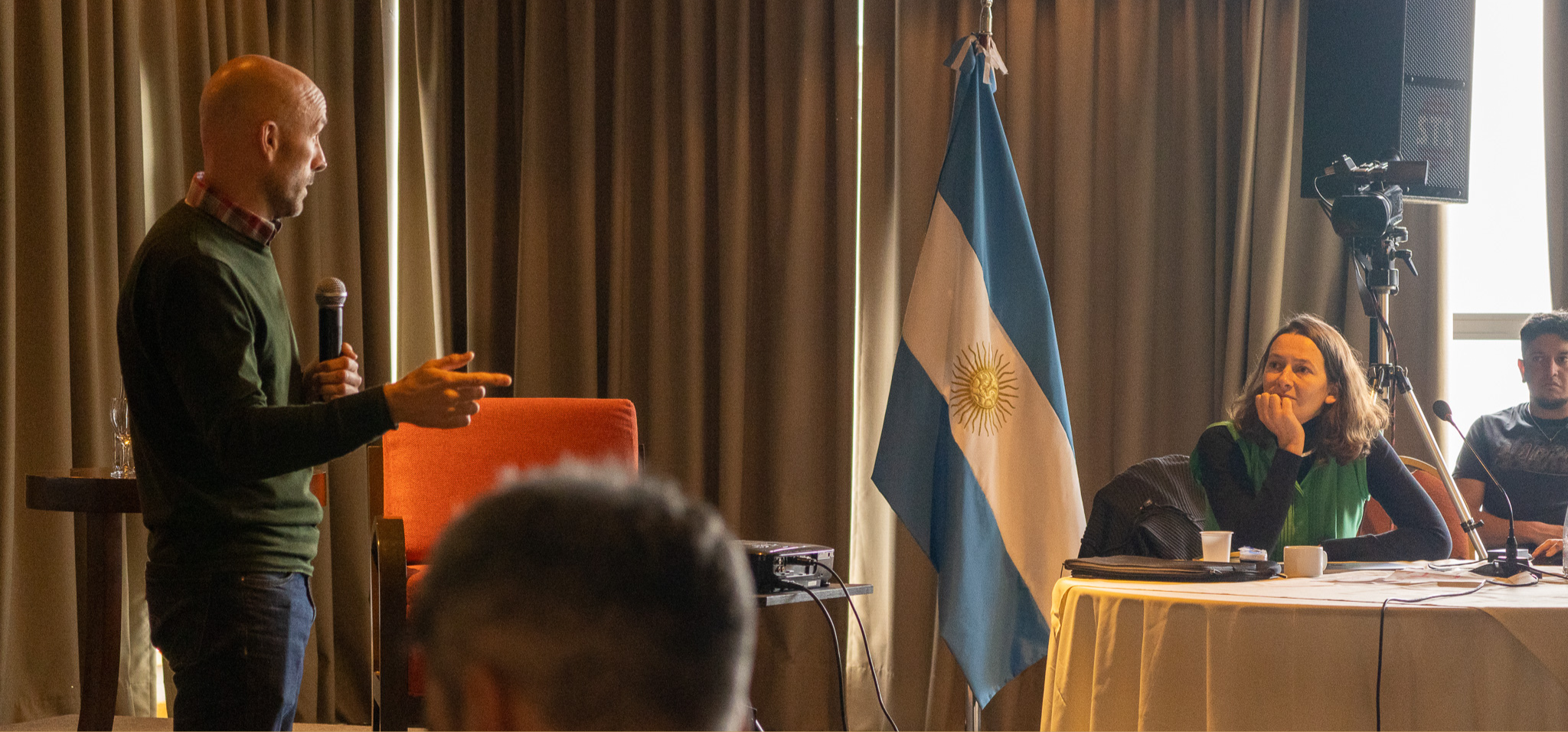 Photo courtesy of Ailin Caceres (Fundacion Bariloche).
Photo courtesy of Ailin Caceres (Fundacion Bariloche).
Engaging stakeholders in the current scenario poses a unique dilemma. As we approach them, we must recognize that they struggle with numerous crises, and introducing yet another problem requires careful navigation. To address this, we have learned that effective communication becomes paramount. We must convey that the issues at hand are not isolated concerns but a shared problem affecting the very survival of the human species. In this interconnected reality, everyone is implicated, and collaboration is essential.
Examining the challenges in climate change governance, we need to find ways to strengthen the coordination and collaboration within governments. Traditional silos separating economy, social, agriculture, and climate ministries hinder progress. The working groups initiated by Argentina’s Minister of Environment aim to address this, emphasizing the urgency to act on reducing greenhouse gas emissions, even if the benefits will be realized in the future. Yet, inconsistencies persist in determining whether the overarching goal is emission reduction or increased production.
In this evolving financial landscape, the financial sector has a critical role in promoting change. There is a case for integrating environmental degradation and emphasizing the financial risks of inaction. Carbon, a problem three decades ago, now constitutes a 2 billion-dollar market. Today, total global spending on energy and land-use systems will need to rise by $3.5 trillion a year, every year, to get to net zero in 2050. Hence, an integrated approach is not just a preference but a necessity given our limited time and resources. While innovative financial products such as carbon markets and debt swaps show promise, a lack of enabling conditions needs a new political vision, leadership, and international agreements for their effective implementation. Ultimately, the real challenge lies not in resource scarcity but in organizational barriers, which underscore the need for the right incentives, instruments, and actions to drive impactful change.
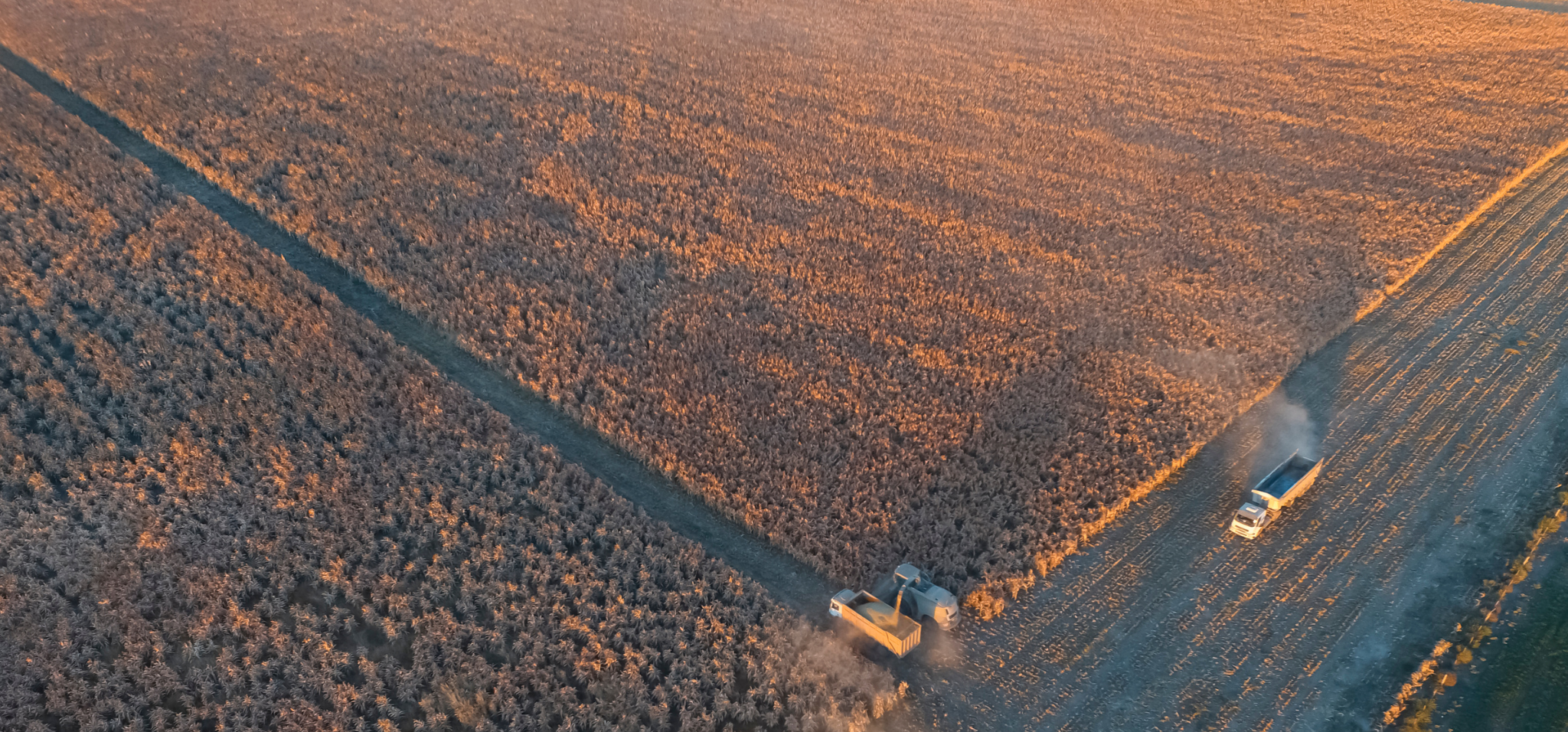 Agriculture production. La Pampa, Argentina.
Agriculture production. La Pampa, Argentina.
The world’s barn: behind the scenes
Argentina is a global agricultural power. The country’s exports from crop and livestock production have steadily risen over the last four decades, reaching a substantial 80 billion USD annually. Over the years, the agricultural sector has grappled with the pressing need to boost productivity, improve efficiency per unit area, and expand agricultural land. But today, Marcos Easdale (agronomist, IFAB) explains, “a new dilemma arises in the dichotomy between increasing food production—either by extending agricultural land or enhancing productivity—and the challenges posed by climate change, biodiversity loss, animal welfare, healthy diet promotion, food sovereignty, urbanization, and the prevailing technocratic role of science”.
Research should align its focus toward a socio-ecological reform of farming systems and territories, that respond to current socio-economic challenges. In Argentina, there is a significant inequality issue underlying a disparate land ownership concentration. Argentina’s latest agricultural census shows that a vast 207 million hectares have been allocated for food production, with 86% allocated to agriculture and forestry. The nation has 250 thousand farms, out of which 82% are owned by individual farmers and 11% by companies. The picture looks different when we focus on the land distribution. In Argentina, 40% of the land allocated for food production is owned by companies. Overall, farmers account for 1.5% of Argentina’s economically active population.
Fortunately, Argentina has a vast amount of entrepreneurs and scientists who are leading the way in how we approach sustainable food and land-use systems. Ignacio "Kini" Roesler, Fundacion Bariloche, shared his experience in working to preserve endangered bird species in the Patagonian region. He explained how they initially based its conservation strategy on land management but soon faced resistance from local communities. By collaborating with local groups, and adapting their strategy, they introduced a certification of "Good practices" to incentivize producers to preserve the bird species. This initiative has not only safeguarded the species but also diversified earnings through ecotourism and green bonds.
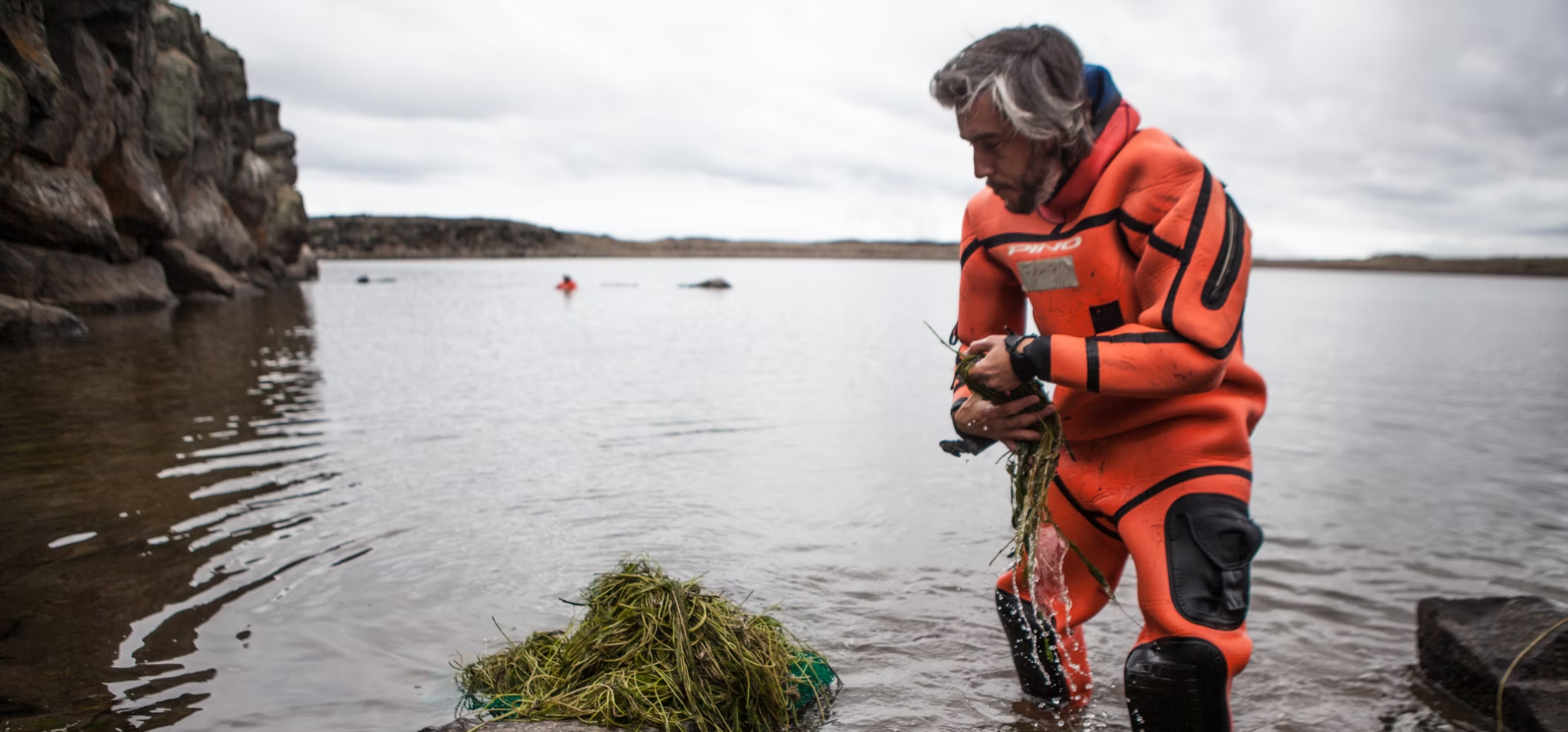 Kini Roesler was awarded the Whitley Award for Nature Conservation 2021 for his extensive efforts to revive the Hooded Grebe from the edge of extinction. Photo from Whitley Fund for Nature (WFN).
Kini Roesler was awarded the Whitley Award for Nature Conservation 2021 for his extensive efforts to revive the Hooded Grebe from the edge of extinction. Photo from Whitley Fund for Nature (WFN).
Another example was Juan Maximo Magnoni, co-founder of EDRA Global, who shared insights into creating digital assets for good agricultural practices. By incentivizing growers through a token system tied to sustainable practices, EDRA encourages the adoption of environmentally friendly approaches. Magnoni highlighted the transformative role of food processing companies, using certifications and programs based on sustainable sourcing, to differentiate themselves and demonstrate their commitment to sustainability.
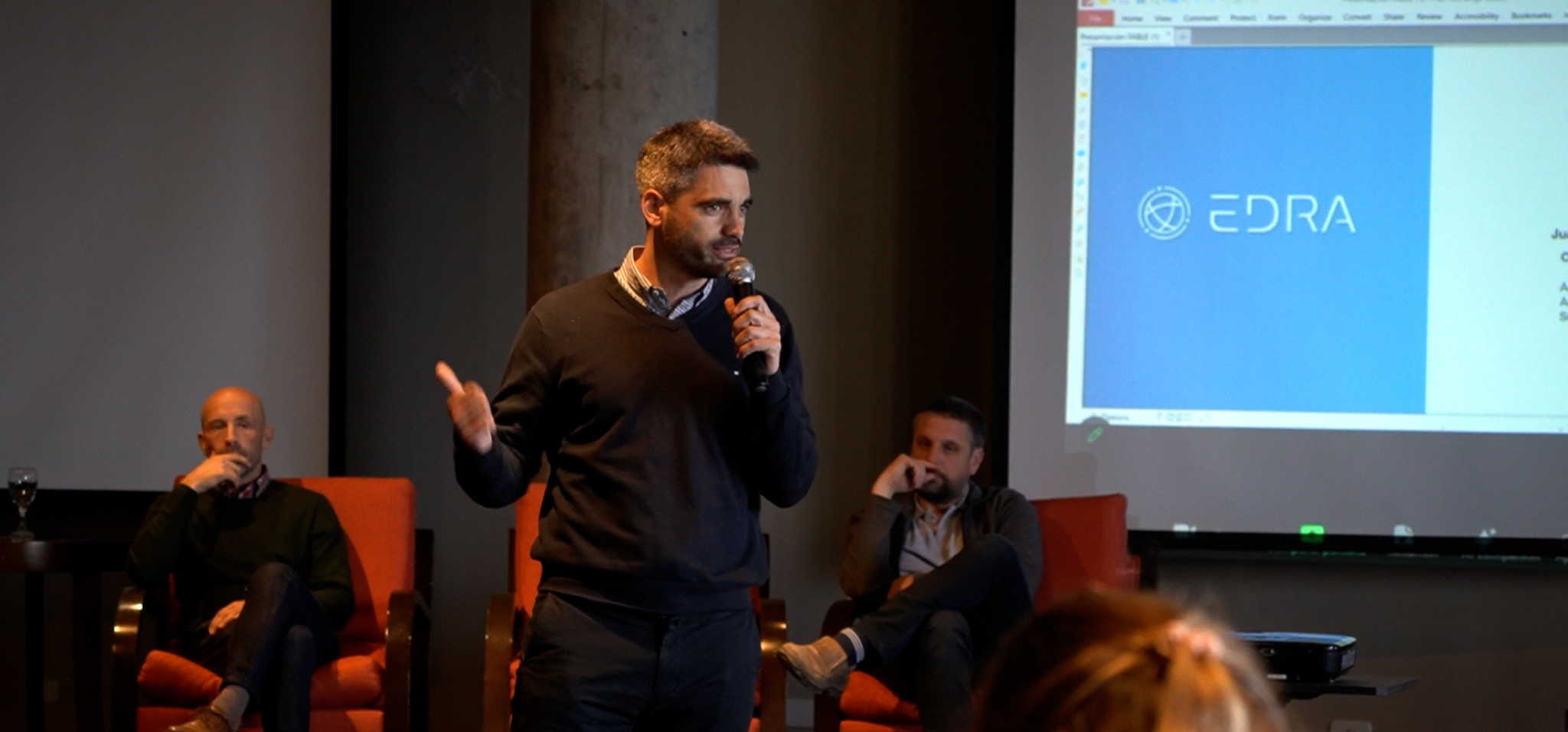 Juan Maximo Magnoni, co-founder of EDRA Global, speaking at the FABLE Consortium Meeting in Bariloche. Photo courtesy of Ailin Caceres (Fundacion Bariloche).
Juan Maximo Magnoni, co-founder of EDRA Global, speaking at the FABLE Consortium Meeting in Bariloche. Photo courtesy of Ailin Caceres (Fundacion Bariloche).
Looking ahead. What’s next for Argentina
While the recent election victory by the libertarian candidate Javier Milei introduces a wave of uncertainty for the scientific community in Argentina, there remains room for cautious optimism. Milei's campaign promised to eliminate the Science, Technology, and Innovation Ministry and privatize CONICET, a leading research institution in Latin America. Argentina has navigated through challenging times in the past, including the experience under Mauricio Macri's presidency, where budget cuts and the degradation of scientific institutions were coupled with questioning the role of science in society. However, resilience has been a hallmark of the scientific community, and there is potential for constructive dialogue and collaboration to shape the future. As the nation grapples with these uncertainties, there may be opportunities for stakeholders to come together, advocating for the essential role of science and innovation in Argentina's progress.
 The Consortium meeting ended with a mountain hike and bird-watching experience at Cerro Otto. Photo courtesy of Ailin Caceres (Fundacion Bariloche).
The Consortium meeting ended with a mountain hike and bird-watching experience at Cerro Otto. Photo courtesy of Ailin Caceres (Fundacion Bariloche).